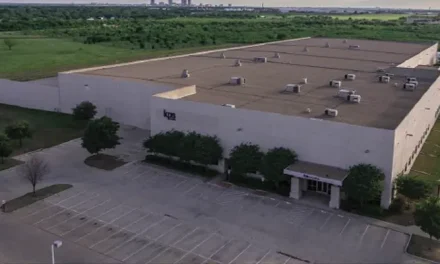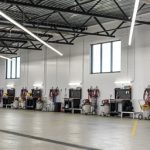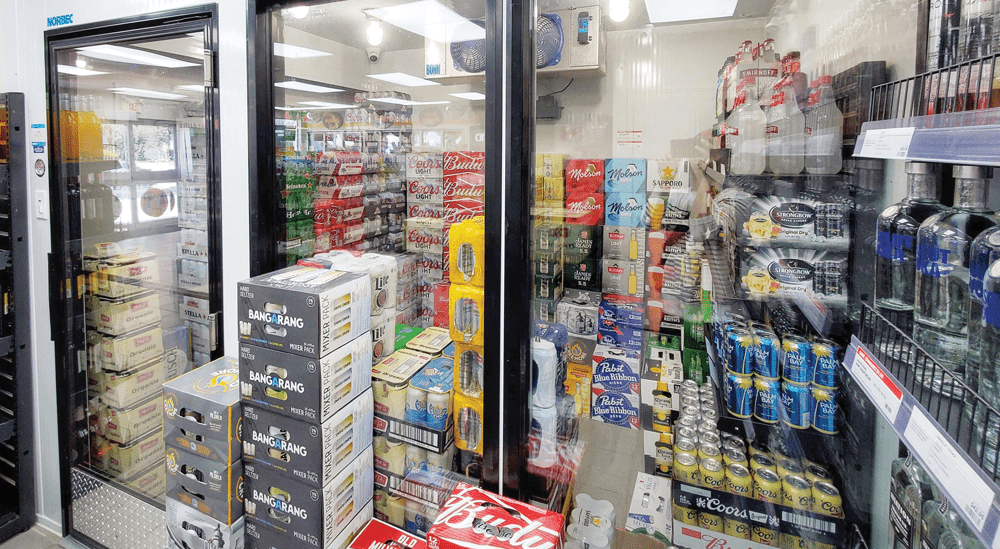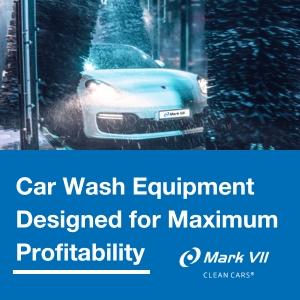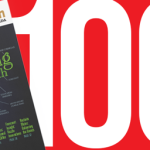
Keeping It Cool with Refrigeration Equipment
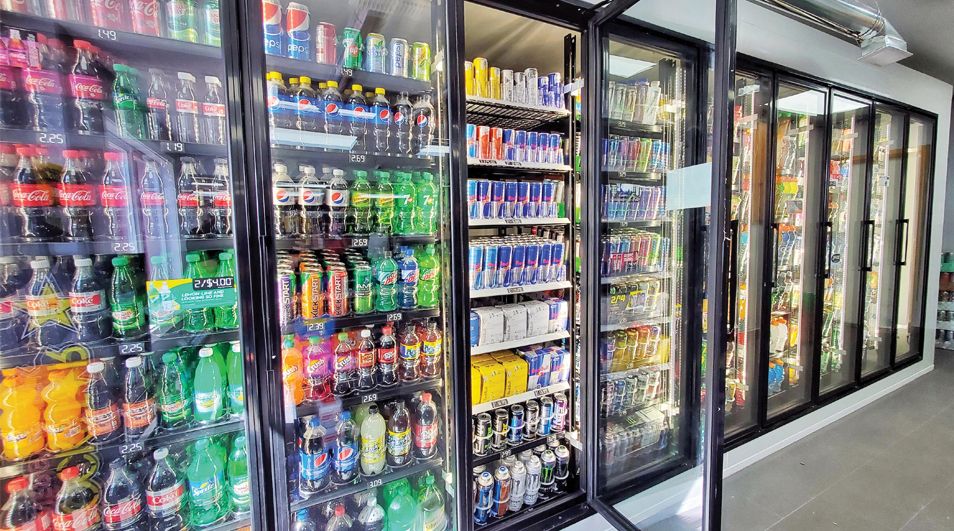
By Angela Altass
“As with most industries during the pandemic, refrigeration lead times have lengthened during COVID,” says Chris Midbo, territory manager, Western Refrigeration. “Items that were a four-to-six-week lead time have stretched out to 16-plus weeks. Timely access to equipment has been a real issue. Western Refrigeration has been proactive and has forecasted based on previous year sales and pre-ordered equipment to ensure we have equipment to supply to our clients. It has not been perfect but we have been able to supply common items, like glass door coolers, freezers, open refrigerated cases and FCB slush freezers quickly to our customers.”
Low price should not be the only determination in the selection of refrigeration equipment, states Midbo.
“There are a lot of options in finish, size and style,” notes Midbo. “You want to make sure the equipment has proper warranties in place and that there is a service network to back up the longevity of the equipment. Offshore equipment is not a bad thing as long as it is good quality and has the infrastructure to back it up. Western ensures the equipment we bring in has the proper certifications, warranties and service network.”
Equipment maintenance is important, especially regarding energy efficiency, says Midbo.
“Ensure the unit’s condensers are free of dust and dirt so there is good air flow and the units are not overheating,” says Midbo. “Make sure door gaskets and door slides are clean to ensure proper door closing. If door gaskets are brittle or cracked, replace them. Doors that seal properly will allow the unit to run less and use less power. Make sure the units are off the wall a few inches and have a few inches on each side, allowing good air flow. All units sold on the market now have the new environmentally-friendly Freon gases.”
Western Refrigeration started representing the Atosa product line in Canada over six years ago. The fridges and freezers come in both black and stainless steel finishes.
“Parts have become increasingly more difficult to obtain,” notes Shannen Brownlie, sales representative, Ancaster Food Equipment. “As we enter the third year of the pandemic, suppliers are stocking up earlier for busy months in order to meet consumer demands for commercial refrigeration equipment.”
Warranty is an important consideration when choosing refrigeration equipment, says Brownlie.
“There are endless brands that can give you the best deal,” she states. “Beware of products that seem too good to be true. Buyers tend to want the best price upfront and, yes, you can get a commercial cooler for a few hundred dollars cheaper, but make sure that you are getting a compressor warranty at the bare minimum. Once a cooler or freezer has the compressor go, a lot of times it is more cost effective to buy a whole new unit. The best advice I have is buy once, cry once.”
When considering energy efficiency features of refrigeration equipment, Brownlie suggests taking a look at how much power the unit you are purchasing draws.
“Consider the type of refrigerant,” says Brownlie. “Most brand new units are now using R290 refrigerant. Does the equipment require 110v or 220v and do you have the proper electrical to run larger units? Are the units Energy Star rated? Most companies will be able to supply a rough idea of how much power each unit draws in kilowatts.”
The Energy Star symbol is internationally recognized and considered to be a trusted mark of high efficiency.
“Some fridges will offer Energy Star certification, which means that you may qualify for energy rebates depending on where you are located,” says Jordan MacInnis, web and marketing writer, iFoodEquipment. “When it comes to energy efficiency, sometimes it helps to think of refrigeration in tiers of good, better, and best. For example, when you’re looking for a refrigerator or freezer that will retain cool air the longest, open air refrigerators are good, glass door coolers are better, and solid door refrigerators are the best. Ultimately, your choice between refrigerators depends on your needs. To determine these, consider what type of food you’re storing, what the turnover rate of the food is, where you plan on storing it, and so on.”
While a glass door cooler may not be as efficient as a solid door cooler, having your products remain visible can sometimes be more important than having more energy efficiency, comments MacInnis.
“A lot of fridges and freezers now come with R290 refrigerant, which is more environmentally friendly than other refrigerants used in the past,” notes MacInnis. “R290 refrigerant is very pure propane, which in turn has a low environmental impact and a low potential to deplete our ozone layer. Many refrigeration lines feature R290 refrigerant. Our new house brand CoolSteel, True Refrigeration, and Kool-It now have R290 refrigeration.”
Size is an important factor that is often overlooked when purchasing refrigeration equipment, says MacInnis.
“Sometimes, people will buy a piece of refrigeration equipment and it will be too big to fit in the front door of their store,” says MacInnis. “Other times, people will buy a piece of refrigeration equipment that has a swinging door and not realize until the last minute that they have no room in the aisle for a door to open like that. Additionally, some people may buy refrigeration units that don’t have enough space to store everything they want or that the unit they bought has too much space and won’t run efficiently.”
Freezer and refrigeration sales have increased during the pandemic due to the need to store food for longer periods of time as people are less likely to leave their homes, notes MacInnis.
“Restaurants and convenience stores alike are having to prepare large quantities of food ahead of time and ship food out with delivery services like Skip the Dishes and Door Dash,” says MacInnis.
Selecting the right refrigeration system depends on the application to maintain a constant temperature while optimizing energy, says Laurence Roy, marketing manager, Norbec.
“Most walk-in coolers, especially freezers, should be installed on insulated floors with a continuous thermal break at the wall to floor junction,” says Roy. “This reduces temperature transfer to help the walk-in run more efficiently. Polyurethane Insulated panels ensure that the temperature is maintained by keeping the thermal transfer to a minimum. These panels offer a very high R-value while being very durable.’’
Choosing the right doors for walk-in coolers is important, says Roy, who notes that Norbec offers turnkey solutions adapted to the specific needs of its customers, offering custom walk-ins with a variety of doors and options.
“Walk-In doors are put under high stress since they are frequently opened and are prone to abuse,’’ says Roy. “It is therefore important to choose a high-quality door and accessories to improve energy efficiency. The design of the door frame and the integration of the right gaskets and sealing material is key to limit the risk of condensation and ice creation to ensure that the door is sealed and airtight at all times to limit temperature loss. The addition of accessories, such as door closers, motion sensor activated lighting, controls and monitors to control temperature and reduce it during down times are a good solution for reducing energy consumption. Consider using LED lighting, as it is very cost effective, emits little or no heat, provides excellent display lighting for products, and lasts longer. Finally, we recommend choosing products that are compliant with Natural Resources Canada (NRCan) and the U.S. Department of Energy (DOE). These American and Canadian institutions regulate the energy efficiency of manufactured products. The Norbec team is always available to guide and advise you in choosing the right products for your needs.”
Two key materials in the manufacture of walk-in cooler insulation panels have been in short supply since 2020: Steel and components within polyurethane foam, notes Roy.
“These components alone represent 80 per cent of the composition of a panel and 70 per cent of a cold room,” says Roy. “This issue has caused significant delivery delays, resulting in much frustration for store and restaurant owners. How did Norbec provide solutions? At Norbec, we are fortunate to have versatile products and to work in several sectors of activity. This diversification strategy has helped us greatly with our shortages. We looked for new suppliers of raw materials to have several sources of supply that would qualify for our usual certifications. Our internal teams have worked hard to increase our inventories where possible. Norbec is always transparent with its customers and with this situation it was important for us to communicate more frequently with them to find solutions and make compromises. Internally, we have instituted daily meetings with our teams in order to make regular updates with suppliers, coordinate teams and ensure proper planning of resources to offer the best service to our customers despite a situation beyond our control.”
Sales of refrigeration units for commercial use are expected to increase as the pandemic ends, says Xiaochaun Zhang, commercial refrigerator supplier, Procool Refrigeration.
With energy efficiency top of mind as companies face supply chain challenges intertwined with increasing demand for refrigeration equipment, finding the right solution for your business requires perseverance and a top-rate, dependable partner to provide the durable products, after-sale service and reliability that you can count on in difficult times.

